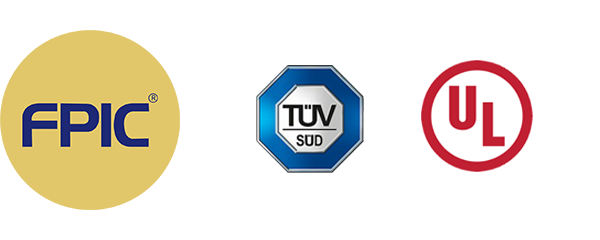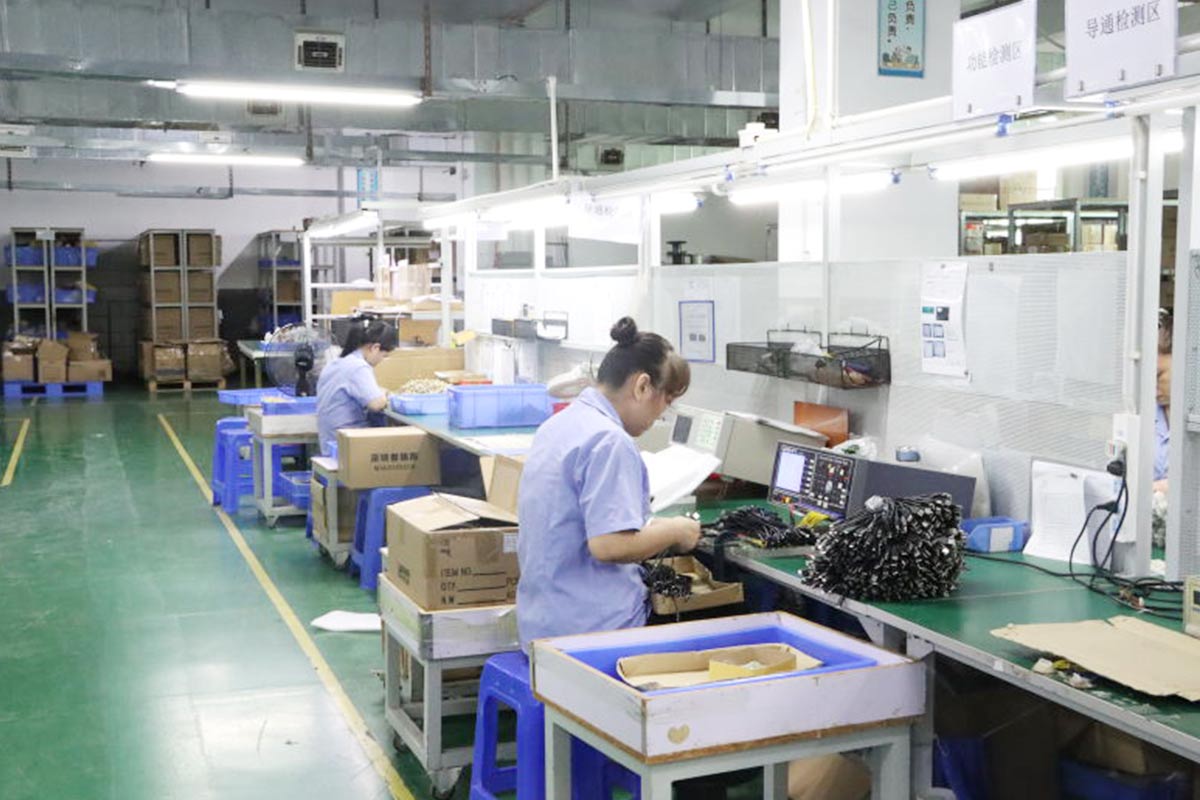7 Common Mistakes to Avoid in Wiring Harness Design
Wiring harness design introduction:
Wiring harness design is a critical aspect of any electrical system, ensuring seamless connectivity and optimal performance. However, even experienced engineers can fall prey to common mistakes that compromise the effectiveness and reliability of the harness. In this article, we’ll explore the seven most common pitfalls in wiring harness design and provide insights on how to avoid them.
1. Inadequate Planning:
One of the most common mistakes in wiring harness design is insufficient planning. Rushing into the design phase without a thorough understanding of system requirements, environmental factors, and component specifications can lead to suboptimal designs. To avoid this, start with a comprehensive assessment of project objectives, performance criteria, and regulatory requirements.
2. Poor Wire Routing:
Improper wire routing can result in issues such as signal interference, overheating, and mechanical stress. Avoid routing wires too close to heat sources, sharp edges, or moving parts. Additionally, ensure adequate clearance between wires to prevent cross-talk and signal degradation.
3. Overlooking Environmental Factors:
Neglecting environmental factors such as temperature fluctuations, moisture, and vibration can lead to premature harness failure. Always consider the operating environment when selecting wire types, insulation materials, and protective coatings. Choose materials that offer resistance to moisture, chemicals, and UV exposure to enhance the harness’s durability.
4. Ignoring EMI/RFI Shielding:
Electromagnetic interference (EMI) and radio frequency interference (RFI) can disrupt signal integrity and compromise system performance. Failure to incorporate proper shielding measures, such as shielding braids, twisted pair configurations, or ferrite cores, can result in susceptibility to external interference. Implementing effective EMI/RFI shielding techniques is essential for ensuring reliable operation in high-noise environments.
5. Inadequate Strain Relief:
Improper strain relief can subject wires to excessive tension, leading to wire breakage or loosening of connections over time. Ensure proper strain relief at entry and exit points of connectors, junctions, and cable glands to minimize mechanical stress on wires. Utilize grommets, cable ties, or strain relief bushings to secure wires and prevent movement under tension.
6. Lack of Documentation:
Insufficient documentation can hinder troubleshooting, maintenance, and future modifications to the wiring harness. Maintain detailed records of wire routing, connector pinouts, component specifications, and assembly instructions. Clear and comprehensive documentation facilitates easier identification of faults, reduces downtime, and ensures consistency in manufacturing processes.
7. Skipping Prototyping and Testing:
Foregoing prototyping and testing stages can result in undetected design flaws and performance issues. Prototype the wiring harness to validate design integrity, verify compatibility with components, and identify potential issues early in the development cycle. Conduct thorough testing, including electrical continuity, insulation resistance, and environmental testing, to ensure compliance with specifications and standards.
Conclusion:
Avoiding these common mistakes is essential for developing wiring harnesses that meet performance requirements, reliability standards, and regulatory compliance. By prioritizing meticulous planning, adherence to best practices, and rigorous testing, engineers can mitigate risks and deliver high-quality wiring harness designs that exceed customer expectations.
Remember, investing time and effort in the design phase pays dividends in the form of superior product quality, enhanced reliability, and customer satisfaction.
For cutting-edge wiring harness solutions that prioritize quality and performance, trust FPIC (Shenzhen Forman Precision Industry Co., LTD). With a commitment to excellence and a track record of delivering innovative solutions, we specialize in designing and manufacturing wiring harnesses that meet the most demanding requirements.
Contact us today at info@sz-fpi.com to learn more about our comprehensive range of services and how we can support your project needs. Let us help you bring your wiring harness design to life.




